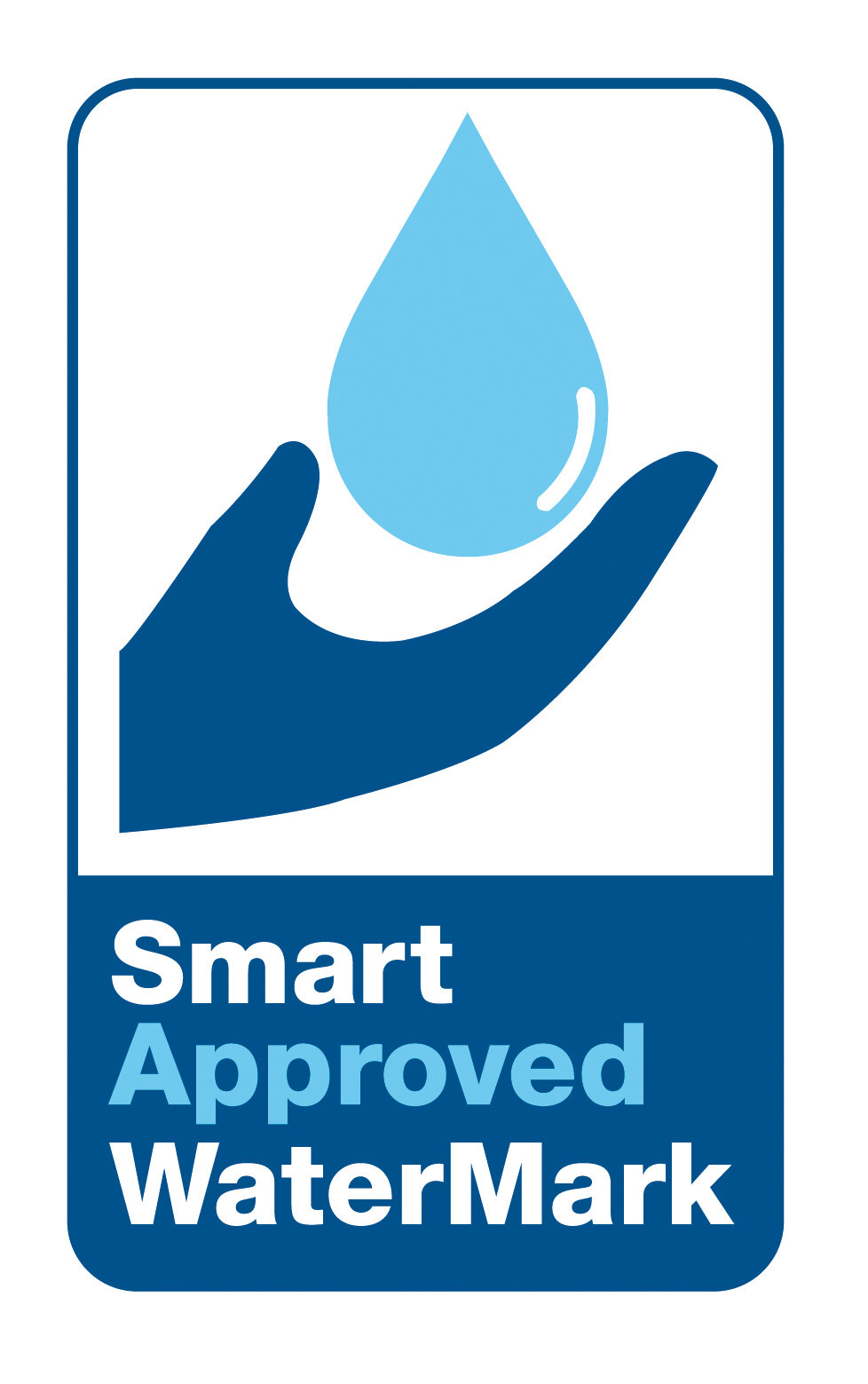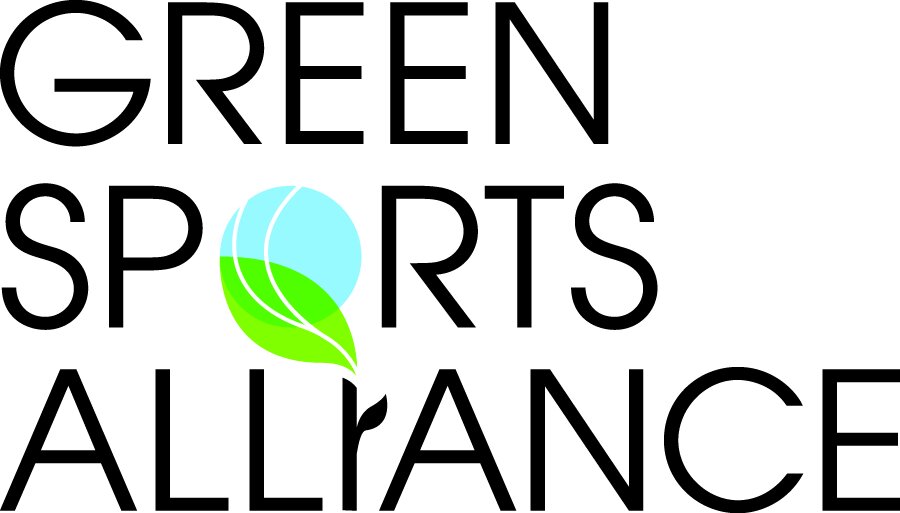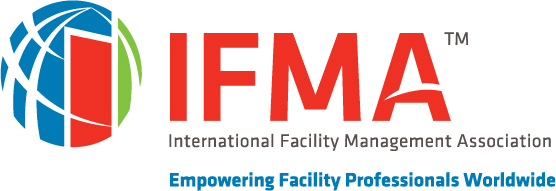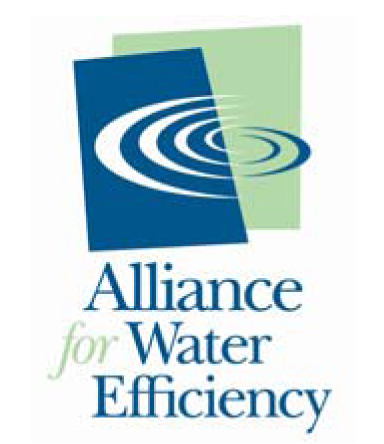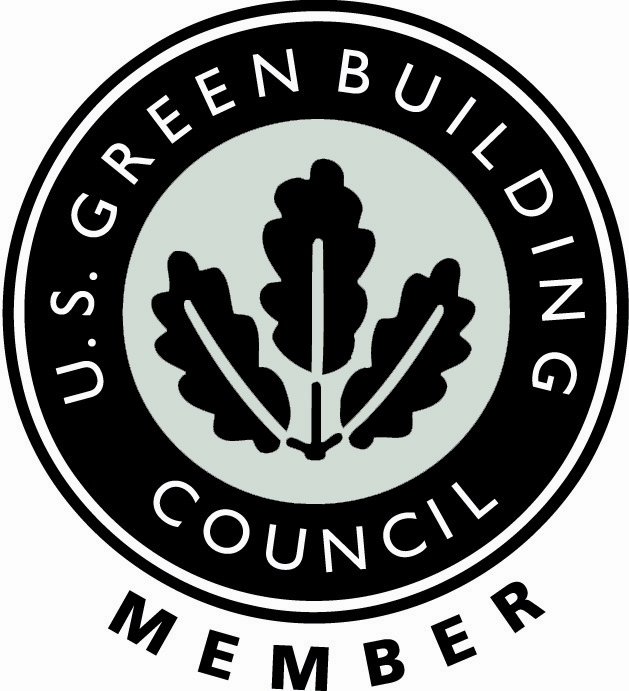Many facilities are now considering waterless urinals because they are an effective way to reduce water consumption—making them a Green, environmentally preferable choice. Additionally, reducing water consumption saves money. Just like everything else, due to inflation, water utility costs are going up around the world.
Before 1990, the average urinal in the United States used as much as four gallons of water per flush. Today, because of legislation and increased conservation measures, conventional urinals use about one to one and a half gallons of water when flushed.
However, this is still a significant amount of water.
The average office building in the United States uses 15,000 gallons of water daily. Waterless urinals have the potential to reduce this amount significantly. Moreover, this water usage can prove to be quite detrimental in the country's most drought-prone areas, such as California and other western states.
We should also know that the cost to install and maintain waterless urinals is less than that of traditional urinals.
"The initial installation is easy and relatively inexpensive because you need only a drain line instead of both a water and a drain line," says David Rose, an architect in Troy, MI. "You also don't have to contend with additional plumbing, flush valves, sensors, and the like, which can be costly maintenance headaches."
How They Work
Waterless urinals are not new—they are more than one hundred years old. They were first installed during the early 1890s in public marketplaces in Switzerland. These early models used sesame oil to keep urine below the urinal drain to minimize odors. However, these early urinals were forgotten until the 1970s, when they were rediscovered during the "ecological movement" taking root.
A no-water urinal works the same way as a conventional one, except without water. A traditional flush urinal has a "trap" in the drain, filled with a small amount of water that prevents odors and sewer gases from escaping.
Waterless urinals also have a trap (or cylinder) that sits atop the drain area of the urinal. The cylinder is filled with a thin layer of liquid or sealant. Urine passes through the trap and sealant, forming a barrier that prevents odors from escaping. It also helps to eliminate the evaporation of urine, which can harm indoor air quality.
Cleaning and Maintenance
Waterless urinals are cleaned the same way as conventional urinals, except without the need for powerful chemicals. The urinal's trap insert requires attention, and the liquid sealant must be replenished, prolonging the trap's life span and effectiveness.
There are a few manufacturers of waterless urinals in the market today, and each uses a slightly different system, requiring different maintenance. Facility and building managers should do their homework, analyze each design, and decide which works best for their facilities.
Potential Drawbacks
There are some drawbacks when switching to a no-water system. For instance, the cylinders (traps) used can be expensive on certain models and may need to be changed more frequently than initially thought. But this is not the case with urinals marketed by Waterless Co., Inc.
Additionally, some facilities with few males and few urinals may not benefit from installing waterless urinals. However, there will be benefits in facilities with ten or more males.
Facilities with waterless urinals must also educate their custodial staff on how to maintain them. As mentioned earlier, abrasive and powerful cleaners used in a conventional urinal should not be used to clean a waterless urinal.
Additionally, men must get accustomed to using waterless urinals. Using them for the first time, men usually look for a flush handle or search for an electric sensor. To end the confusion, one large Chicago office building even installed a small sign above each urinal that says, in essence, "This is a waterless urinal. No flushing is required. After use, walk away."
Still, the economics are favorable from the beginning with waterless urinals because no-water urinals are less costly to install and maintain compared to conventional ones. "Overall, waterless urinals are an efficient and economical alternative to traditional urinals," contends Rose.
Although the cost savings are a real value when installing waterless urinals, another significant benefit is being environmentally responsible. Facilities looking to pitch in and do their part for the environment may provide an ideal service when installing waterless urinals.
Klaus Reichardt is CEO and founder of Waterless Co, Inc, pioneers in advancing water efficiency. Reichardt founded the company in 1991 with the goal of establishing a new market segment in the plumbing fixture industry with water efficiency in mind. Reichardt is a frequent writer and presenter, discussing water conservation issues. He can be reached at klaus@waterless.com













